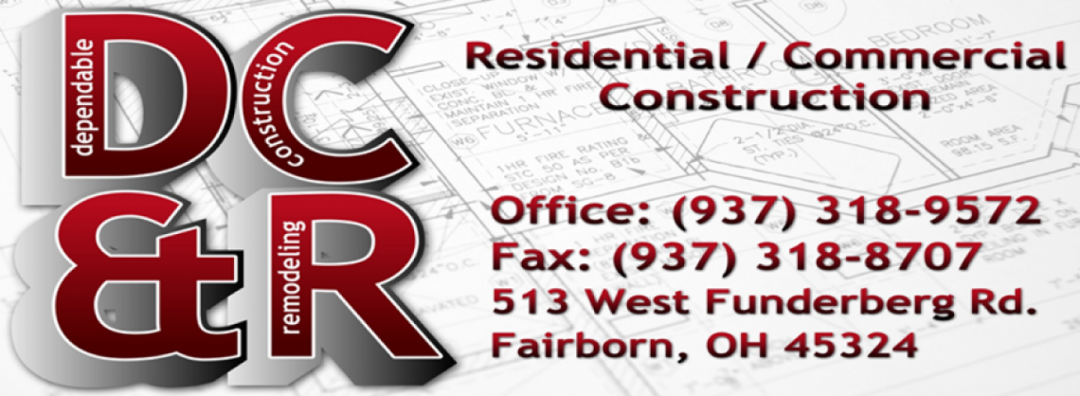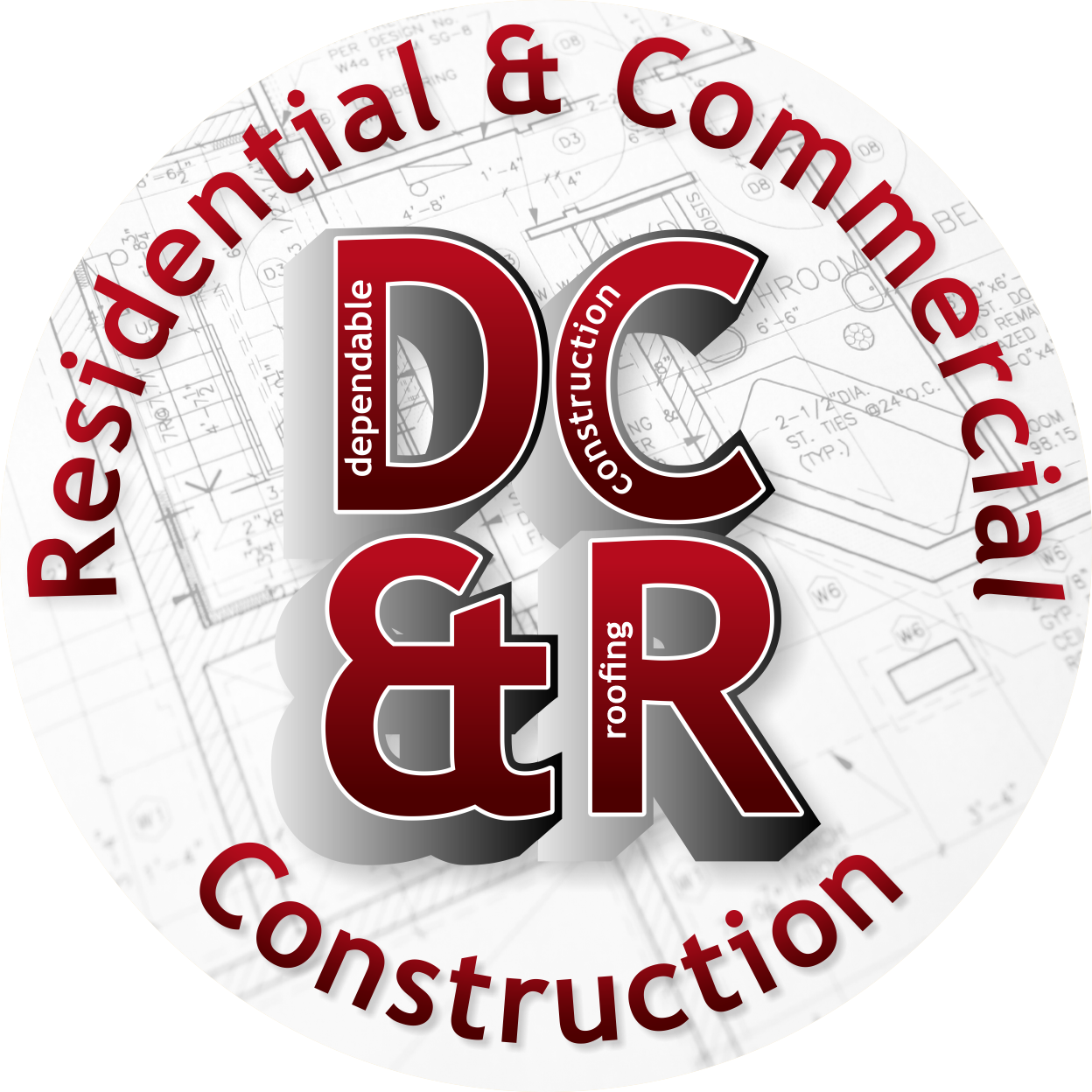Both vinyl and cement board have their advantages and disadvantages as a siding material. Both offer special benefits that the other lacks, so it really in many ways comes down to a personal choice. Let the pros at Dependable Construction help.
When it comes time to choose an exterior siding product for your Business or Home, it may be tempting to select the same siding as your neighborhood business district, but there is another option to consider. Even if you’re in an area where vinyl siding is the “norm,” you can still get a fiber cement siding. Better known as cement board or “Hardie Board,” fiber cement has many benefits and a few drawbacks. Property Owners should always consider the following;
- The cost.
- The ease of maintenance.
- Overall appearance.
- Impact on home resale value.
Fiber Cement Board
Cement board siding in its current form was introduced by James Hardie in the 1980s. This is why contractors often call it “Hardie Board”. Like vinyl, it is also extremely hard wearing and durable, but it is much heavier to work with. A vinyl siding installer will need special training before being able to install Hardie Board, but many Property Owners prefer its authentic designer look. Both types of siding have their place and, depending on the Property Owner’s budget and priorities, may have benefits over the other.
Vinyl Siding
Introduced in the 1960s as a better alternative to aluminum siding, vinyl siding has since become quite popular. Made from polyvinyl chloride, or PVC, it is an extremely long lasting and durable material that can be made to match any style of home. In here the U.S. vinyl siding can be found on twice as many homes over any other siding material on the market.
Durability
Cement board siding has the definite edge when talking about durability. This product will typically come with a 30 to 50 year warranty. This is because it’s much less susceptible to weather damage and will withstand the impact of wind-blown debris much better than vinyl. Cement board doesn’t change much over time. It’ll never become brittle or lose its strength. “Hardie Board” remains one of the more dependable home solutions for siding on the market today.
Less durable than cement board is Vinyl siding. It becomes brittle after long exposure to a hot sun, making it less suitable for a hot weather. When Vinyl becomes brittle, it’s more easily damaged. Wind-blown debris will definitely pose a potential hazard to a Vinyl siding that has been up for some time. Vinyl siding will typically come with a 25 year warranty.
Installation
Vinyl is definitely the easier of the two materials to work with and install on a building. Cement board is heavy which requires at least two men to handle a board. Cutting cement board is also more difficult. Not only does it take longer to cut, but it releases a toxic dust when cut with a saw. Vinyl, on the other hand, is very easy to work with.
Maintenance
For maintenance, vinyl definitely has the upper hand. Dependable Construction will tell you Vinyl never needs painting, and in fact, shouldn’t be painted. Cleaning can be performed by power-washing it. One drawback however, you’re stuck with the color you buy for the lifetime of the product. This is unlikely to be a problem for most people, however. Cement board will need painted every five to ten years. This has the advantage that you can change the color of your house at this time if you choose to. Because cement board contains wood fibers, it can degrade over time if it is not installed properly, or not properly cared for through regular painting and caulking.
Energy efficiency
Since vinyl siding hit the market in the 1960s, energy efficiency has become much more important to the average homeowner, but so has “green building.” While cement board is hardly considered energy-efficient it is a much more eco-friendly product than vinyl. Fiber cement board has poor insulating qualities, but few people rely on their siding product to provide insulation on its own. The “R-value” of cement board, or measure of insulating qualities, is around R-0.50, which is very low when one considers that fiberglass matting has an R-value of R-19. Vinyl siding is no better than cement board, unless Property Owners step-up and buy vinyl with built-in insulation. This insulated variety makes vinyl a stronger and more rigid material to work with. Its popularity has also made it possible to produce the material in a wider variety of colors.
Cost
Vinyl is far less expensive of the two materials, which is probably why it is the more popular. Vinyl prices vary, but should be at least 10% lower than cement board. However, cement board is generally recognized as having the greater overall quality, and is usually chosen with the long-term view.

Contact Dependable Construction it’s time to have your house do to discuss your options. We can be reached at 937.318.9572 or you can visit us at www.dependabilityfirst.com



You must be logged in to post a comment.